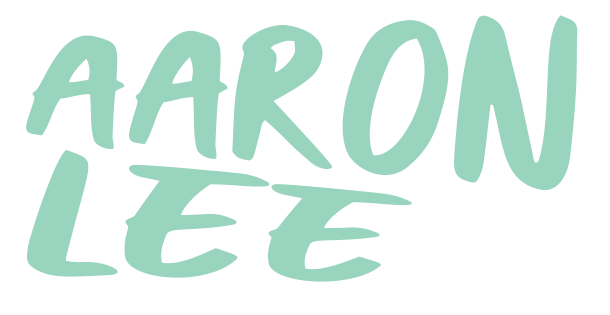The idea of commoditization transposed to brand is, in reality, what commoditization is: the (slow) death of relevant value. But, don’t fret. There are strategies you can put in place to reverse the speed of that effect. Here are seven strategies for reviving a brand and reasserting its value:
1. Think of the brand/product in new ways – when you redefine what something is or could be, you reframe its context making it much easier to redefine what it can be used for. For example: when you stop thinking of milk as a drink, and start thinking of it as a food, you change the scope of what you’re working with in so many new ways.
2. Redefine who you want the brand to appeal to – if the current target audience starts valuing it less, think about other groups who might be able to use it in new ways that enable you to regain value. A good example is Starbucks. They redefined the value of coffee over time by making coffee hip, urban and tailored to the individual. In a world that believes it’s seen it all, discovery is a powerful consumer motive!
3. Change what the brand/product looks like – sometimes changing the value of a commodity can be as simple as changing how it appears to others. Think about the difference in pricing and perception between bottled beer and beer on tap. But, be careful – new packaging alone won’t make up for a product that doesn’t add value. What it can do is signal the unrealized value that you want consumers to realize.
4. Name it in different ways – If you’re selling copper and everyone else is selling copper, what can you call your copper to distinguish it from what people can source anywhere? Remember – renaming alone won’t be enough. In the case of cervena (a free meet brand in New Zealand), the change in name spoke to an idea that consumers were interested in, and eliminated the concern, especially among American consumers, that they were eating Bambi.
5. Distribute it differently – changing the distribution channel can be an effective way to transform your product into something valued by a different, more specific audience. iTunes rebuilt the music industry by reinventing the concept of the single into a single digital track and allowing people to buy the music they wanted in a new way, at a new price.
6. Experiment with different price points – This is a particularly effective approach when combined with segmentation. Go after various parts of the market with products that demonstrate various levels of added value and are priced accordingly – e.g. a bulk product at a bulk price, a high end or specialized product priced at a top-end price, and a consumer focused product that may even operate at flexible price points.
7. Wrap a different story around it – New storylines can change how people perceive or view a brand or product. Increasingly, there are opportunities to link undifferentiated products to differentiating stories around environment, conduct, purpose, and cause. Once integrated of course, that storied brand has new value for different buyers because now it’s personal.

While, there are many different ways to stave off “brand decline” and restore value to goods whose value has decayed, there is no denying that the product or brand you make has a “best-before” date. You need to assume commoditization, and continually look for ways to slow its advance or reverse its influence, or it will usually always get your brand in the end.
The key to successfully staging a brand resurgence is to think of each of these tactics as a multiplier. The more multipliers you can employ at the same time, the greater the chances that you can successfully rejuvenate your brand.
